Bob Stays Out Late
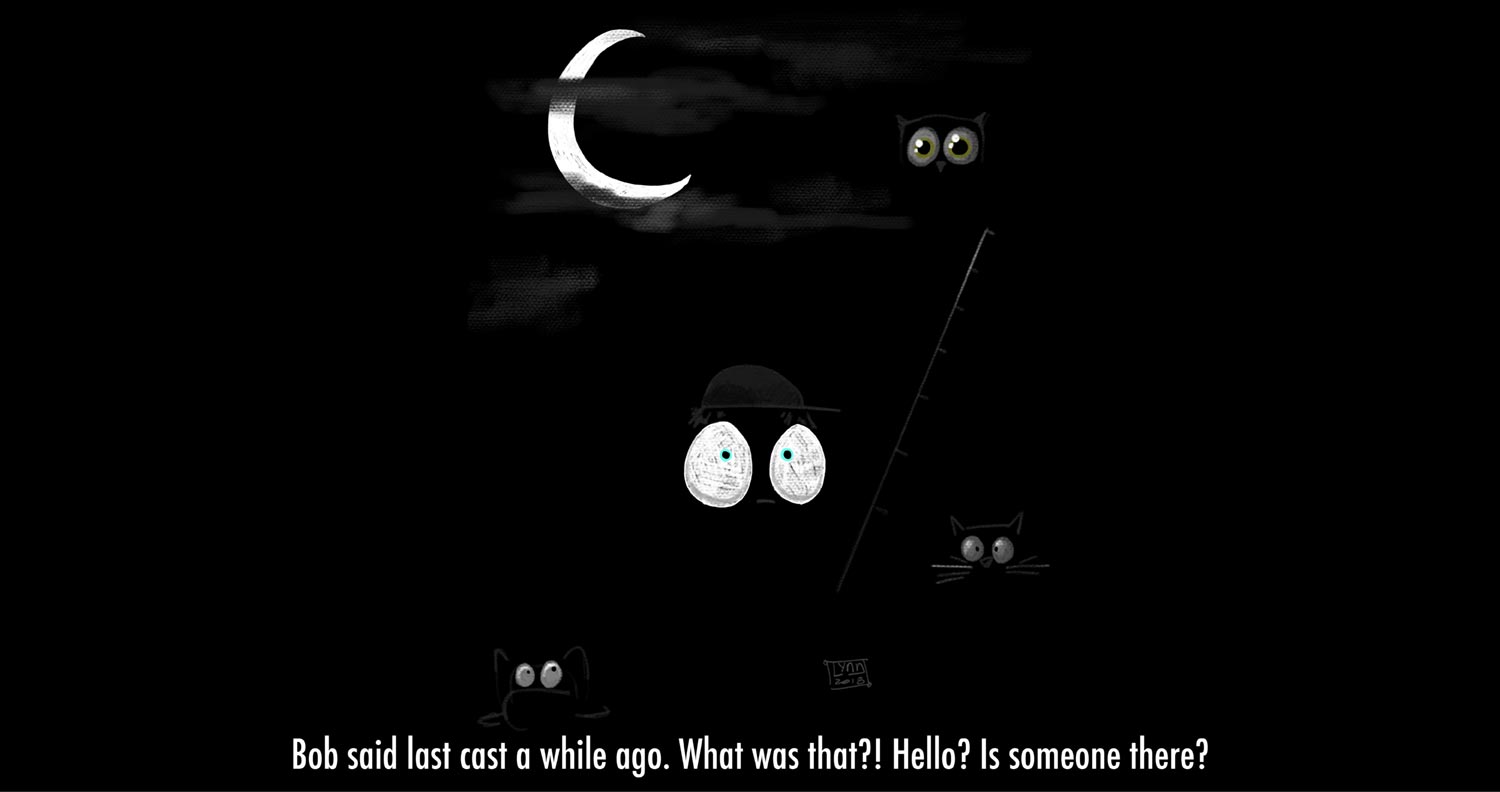
Bob isn’t a quitter, even when he should be. Maybe there will be a hex hatch…where’s my truck?
See more of Bob and the angling art of Andrea Larko on Etsy.
Read More »How To Make Your Fly Rod Cast Like A Dream
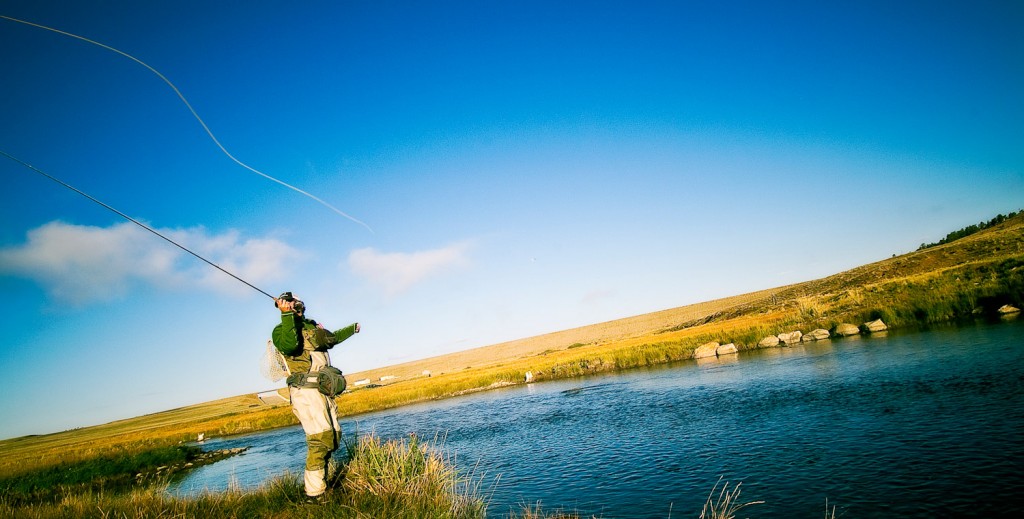
What Fly Line Matches Up Best With Your Fly Rod?
It always amazes me that there’s very little talk in the industry about how important it is to match your fly rod with the appropriate fly line. My recent visit to the ITFD Fly Fishing Show in New Orleans, I witnessed on more than one occasion, fly rod company’s matching their fly rods up with what appeared to be the wrong fly lines. If you spool up the wrong fly line on your reel, that $700 fly rod you just purchased will end up feeling awkward, and won’t perform the way the fly rod designer intended it to. Below are some quick tips on how to match your fly rod with the correct fly line so it ends up casting like a dream.
Fast Action Fly Rods
Stiff, fast action fly rods require fly lines with a more aggressive head design for optimum rod loading and casting. Since fly rods are generally meant to load at 25-30′ of fly line out the end of the rod tip, anglers often find it difficult to load fast action fly rods, particularly at short distances, unless they’ve matched their rod with the appropriate fly line. Both Rio and Scientific Anglers manufacture fly lines specifically for fast action rods.
Fly Fishing for Brown Trout in the Summer and Early Fall
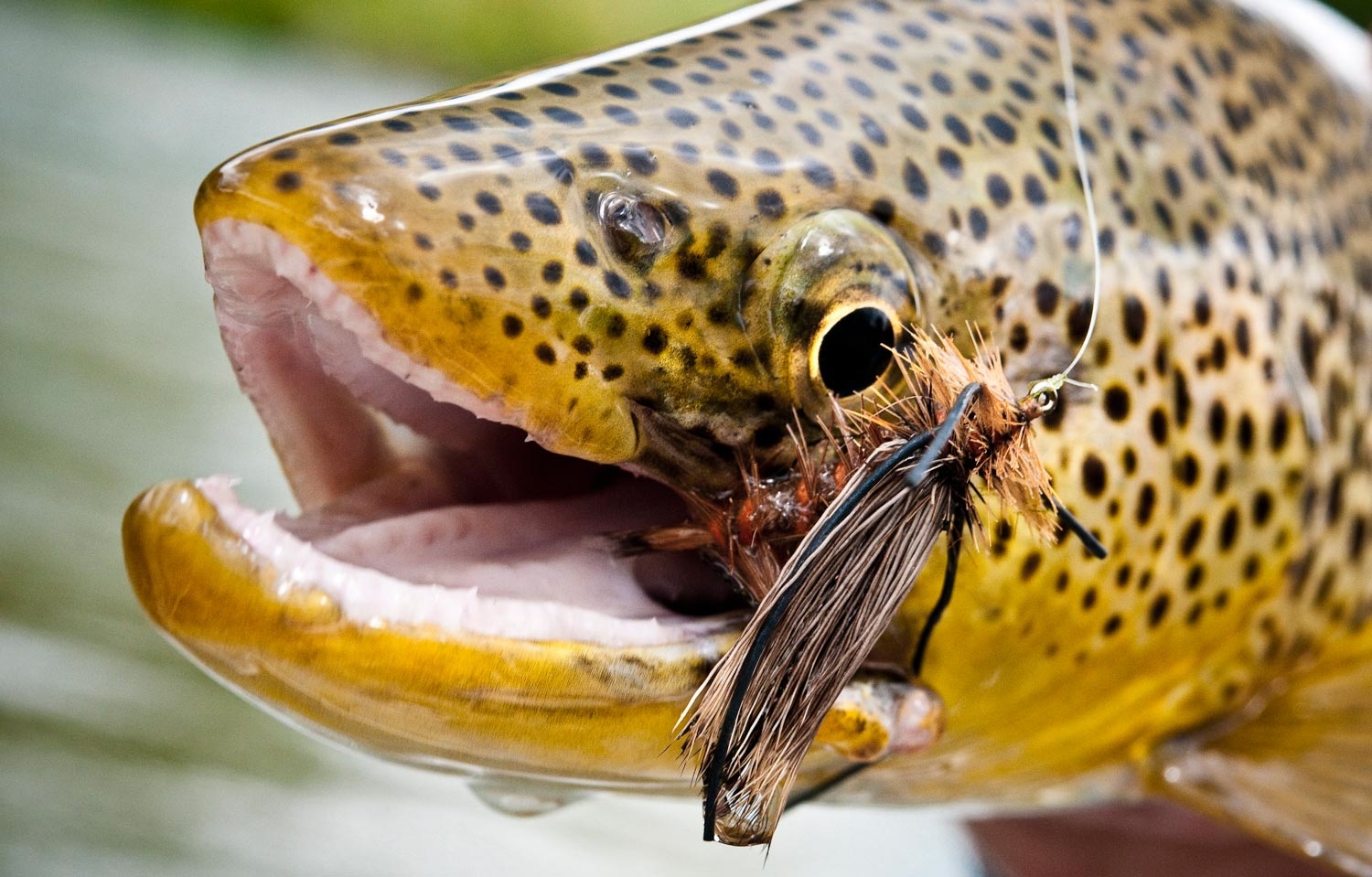
Over the years, I’ve made the mistake many times of walking past trout water that I thought was too shallow to hold trout. Most of the year trout prefer depth transitions where shallow water flows into deeper water. These transitions provide shelter from excessive current and increased safety for trout, and locating them is usually the ticket to finding and consistently catching trout. However, during the summer months, brown trout particularly will often disregard these areas, opting instead to hold tight to the banks in extremely shallow water. They do this to take advantage of terrestrials falling into the water, but I think they also do it because there’s generally shade available and they instinctively know it’s a good spot for them to remain largely undetected.
Read More »Why Are We Out There?
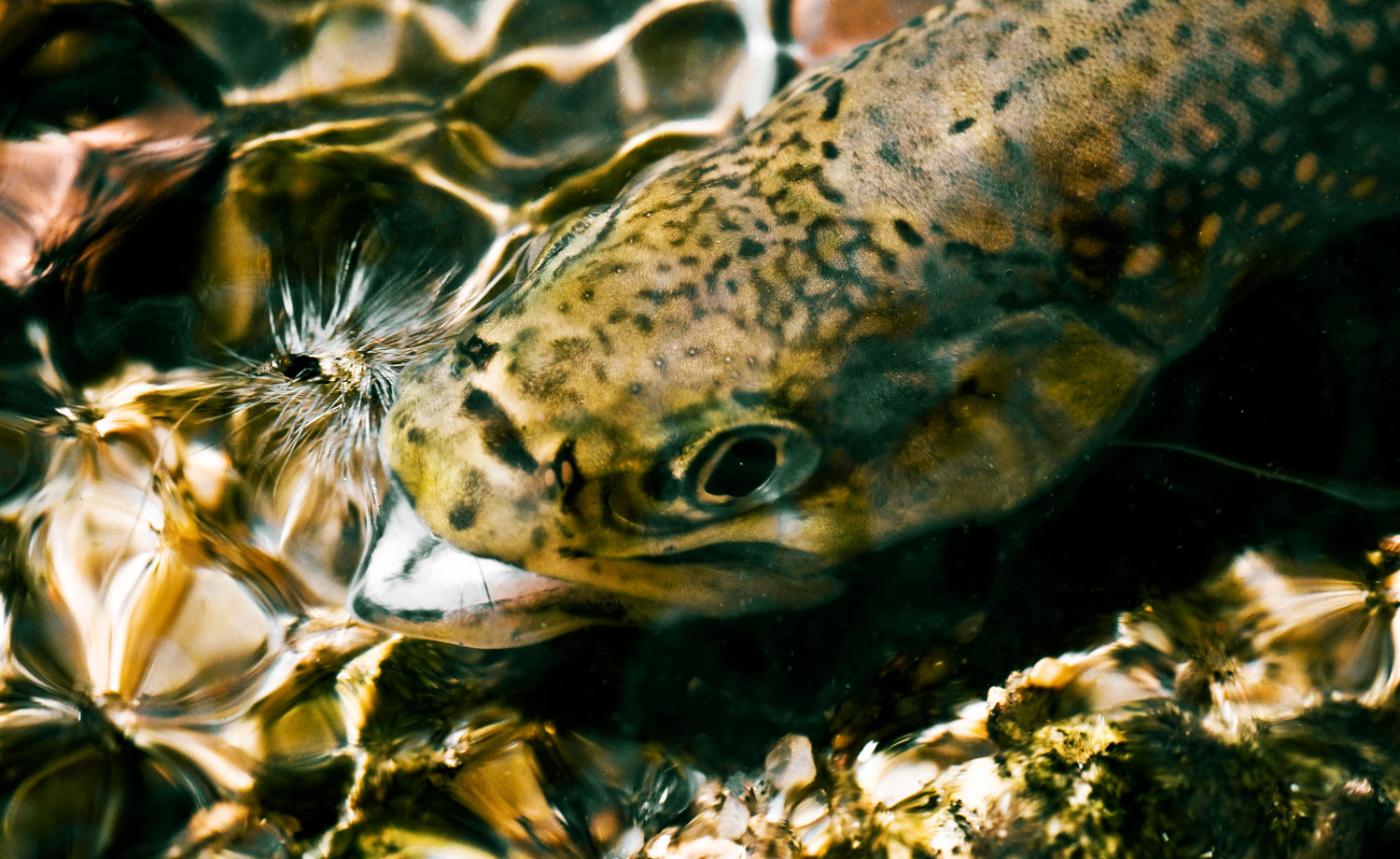
By Kyle Wilkinson
It’s a question as old as this great sport. Why do we fly fish?
Why do we make the sacrifices—whether it be time away from family, perhaps less money in your bank account, the risk of possible injury (I could go on)—just to catch a fish and let it go?
Now, I don’t typically do this sort of thing but I had a guide trip the other day that I haven’t been able to stop thinking about since. And trust me, I’m not trying to sound all preachy or holier-than-thou in the paragraphs to come. Like I said, this day has simply remained on my mind.
I had a 3-person guide trip with a good, repeat customer of mine. Our destination was the Dream Stream section of the South Platte and the group consisted of a father/son duo, and the father’s friend. As seems to be a resounding theme in Denver, the son lives here and his dad/his dad’s friend were in visiting from the Midwest.
We met up early and hit the river. Both dad/son are good anglers, however the dad’s friend had never touched a fly rod. (which happens to be one of my favorite customers to be dealt). I got him up to speed and within the first 5 minutes we were staring at a chunky 18” rainbow wiggling in the net. This was his first fish ever on a fly rod and we were all excited! As the day went on, he brought many more fish to the net, however
Read More »4 Flats Accessories From Simms That I Can’t Live Without.
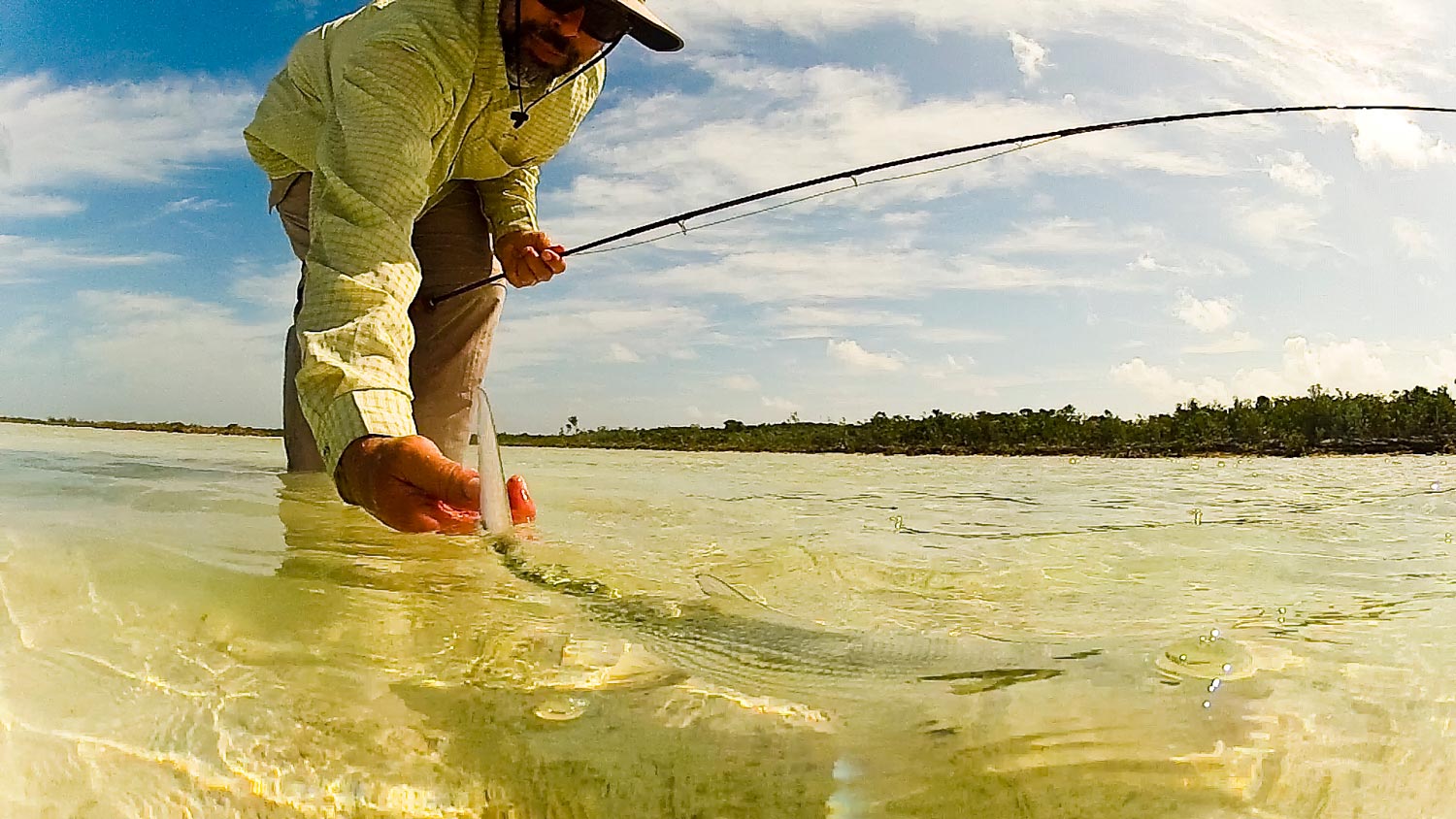
When you set off on a trip to an exotic location for a little flats fishing it’s important to have the gear you need. Islands known for great saltwater fly fishing aren’t usually known for having great fly shops. It’s often a major ordeal just to come up with some sun screen or batteries. It’s smart to take what you need. Being stuck on an island for a week without essential gear really sucks. Here are four pieces of inexpensive flats gear that I love and count on, that all happen to come from Simms. Simms Sunsleeves $29.95 I am dead serious about sun protection. When I am fishing in the tropics keeping safe in the sun is job #1. I was skeptical about the Sunsleeves at first but after a couple of my buddies started wearing them and raving about them I decided to give them a try. They’ve become one of my favorite pieces of gear. With Sunsleeves you get the protection of long sleeves while you enjoy the comfort and range of motion you get from a short sleeve shirt. Plus, you can go without them in the mornings and evenings and put them on when the sun is at its worst. It’s great! And from a dollars and cents point of view it’s cheaper than sleeves. Long sleeve flats shirts cost $10 more than short sleeves, so the Sunsleeves pay for themselves. (GET ‘EM HERE) Simms sun gloves $24.95 Sun gloves are absolutely essential for me. Being able to keep the sun off of my hands when the sun gets high is not a luxury, it’s mandatory. I’ve used several styles of sun gloves and these are my favorites. Cool and well fitted with open palms these gloves have abrasion-resistant pads where you grip the rod and … Continue reading
Read More »Argentina Dream Stream
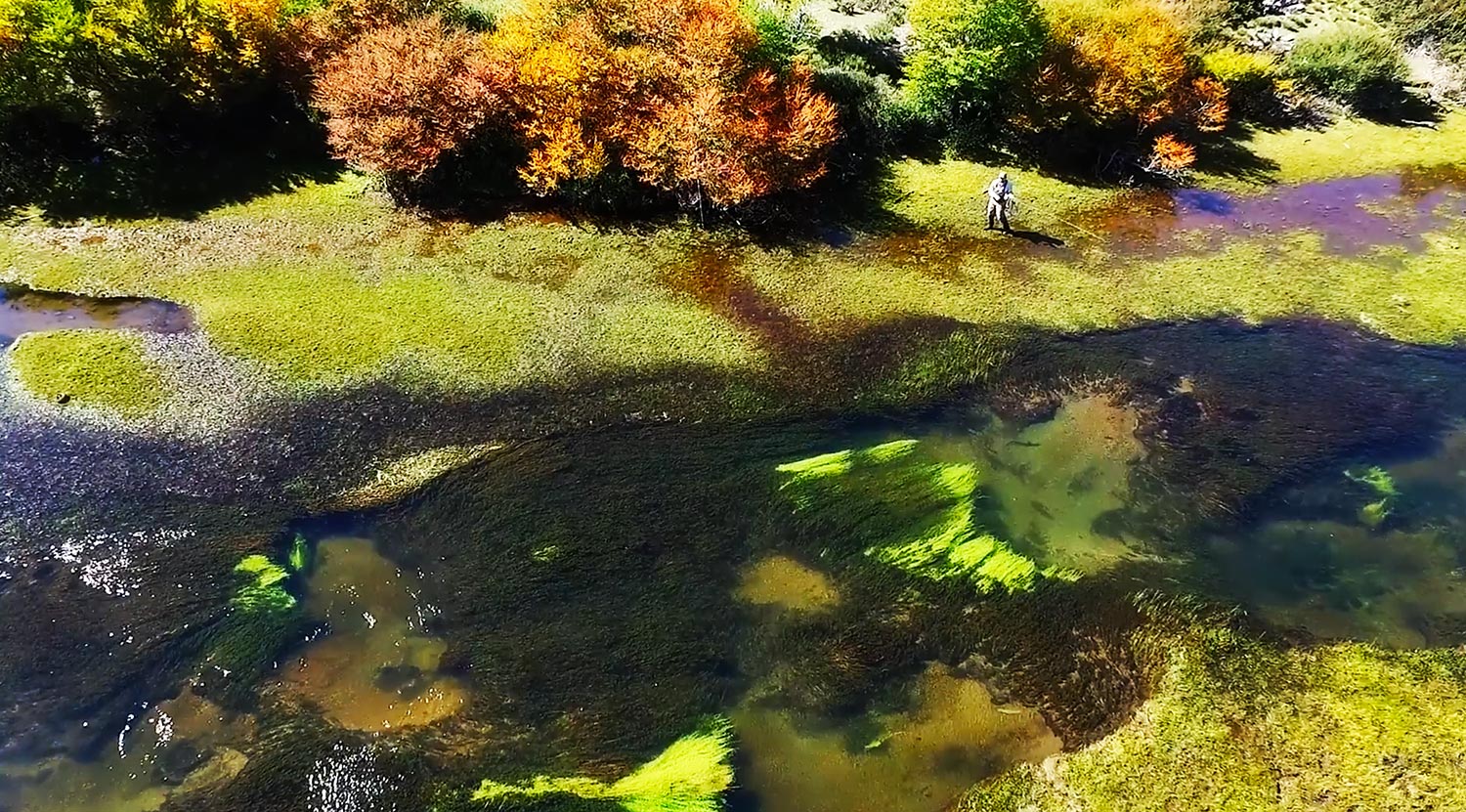
I can’t think of anything better than stalking big trout in Argentina.
There is something other-worldly about fly fishing in Argentina. It’s at once so familiar and yet so strikingly different. The fish are big and optimistic, and the angling pressure almost non existent. Condors soar above, llamas lounge on the banks, and bid trout feed at your feet. What more do you need?
I’ll be hosting a trip to Argentina in Feb of 2018. We will spend four days on the Limay river in Argentine Patagonia and four days chasing golden dorado on the Upper Parana. There are still a few spots open. If you’d like to see this fly-fishing paradise for yourself, send me an email at hookups@ginkandgasoline.com.
CHECK OUT THIS AWESOME VIDEO FROM OUR FRIENDS AT ANDES DRIFTERS!
Read More »Is There a Place for Electronics in Fly Fishing?
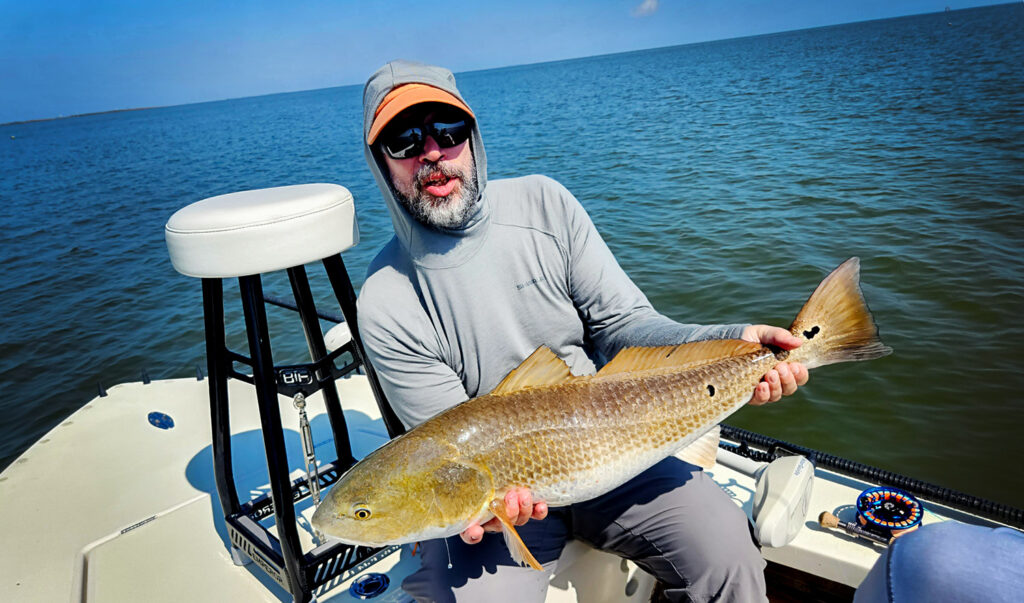
This is really a poll. I’d like to know what you think. I don’t often ask a straight question of my readers but I think this is a really good one. I’ll give you a little context. I recently went fishing for redfish with my brother. As often happens this time of year, we got dealt a tough hand by the weather. We had high wind, mostly poor light, and muddy water. A tough day for even a veteran flats angler but especially for my brother Tom as this was his first redfish trip. Tom is a bass guy and with all the difficulty we had spotting fish he was surprised that neither the guide or myself had every employed electronic sonar fish finders. A piece of equipment ubiquitous in bass fishing. I have bass fished with guys who use them, not that I can make heads or tails of it. I’ve never had the experience of seeing a fish on the graph and catching it. I know how I feel about it and, if you’ve been a G&G reader for a while, you probably do too but I’m not going to get into my opinions here. I want to hear yours. Is there a place for electronics in fly fishing? Do you personally use them? Do you see any benefit or risk, beyond catching more fish? Let me know what you think in the comments. Please keep the discussion civil and respectful. I will not approve any comments which attack other commenters or are simply intended to be hateful. Other than that, have at it. Thanks!
Read More »A Little Chrome Tail
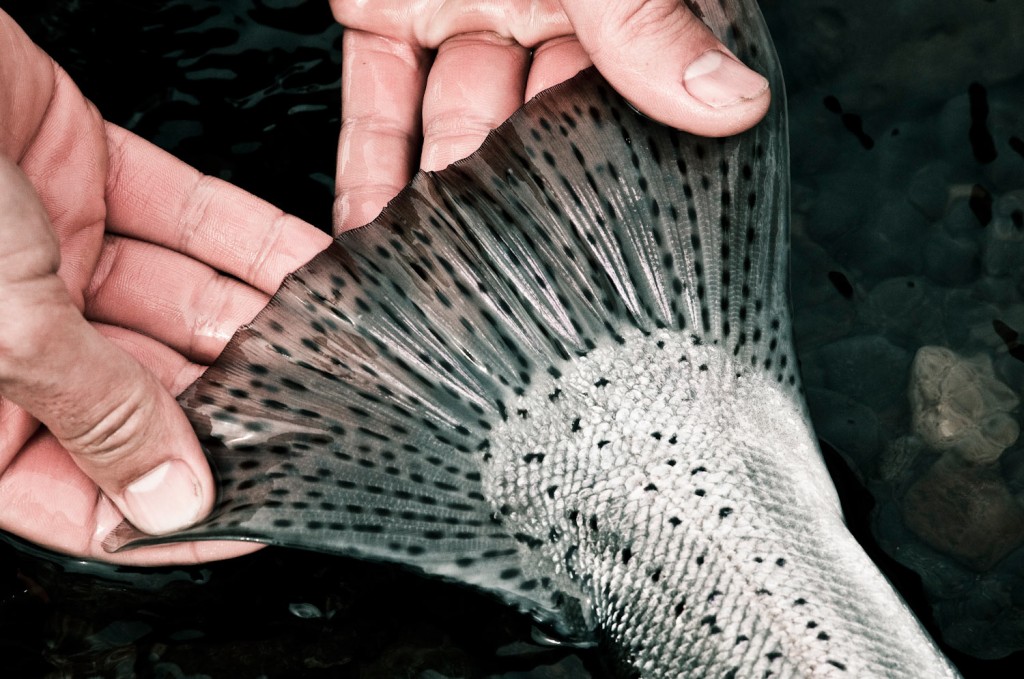
There’s nothing like a little chrome tail to start this day! What a beautiful bright steelhead courtesy of my buddy Jeff Hickman. The bright chrome strips in the tail tell the story. This is a fresh fish, straight from the salt.
Read More »Fixing Line Twist: Video

A day floating the river can turn into frustration when your running line starts to tangle.
There are lots of reasons fly lines get twisted. The most common is being rolled under foot in the bottom of the boat. However it happens, it’s a mess of tangles and knots that make fishing frustrating. There’s nothing worse than landing your fly just short of the strike zone because your running line is tangled.
Fortunately there is a simple trick to fix line twist. I learned this trick from my buddy Zack Dalton of ROI Products and it changed my life. I promise you will love it.
P.S. Watch closely and you’ll see a fish eat my fly behind my back.
WATCH THE VIDEO AND NEVER SUFFER WITH A TWISTED LINE AGAIN.
Read More »Watching Your Fly Line Tells You If You’re Fishing
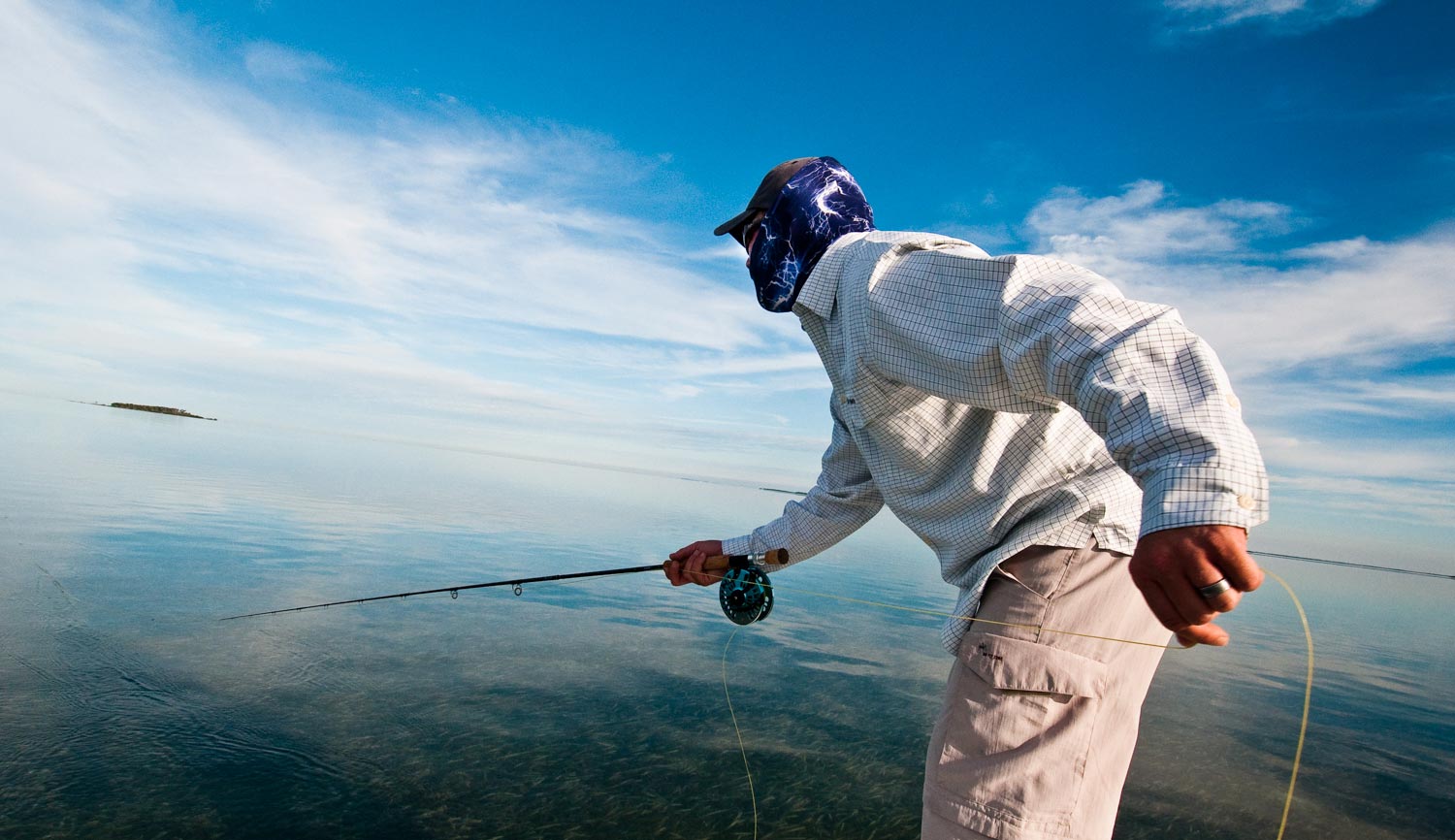
When fly-fishing in saltwater, if your fly isn’t moving, you’re not fishing.
This is one of those ideas that’s dead simple in principal and damned complicated in practice. For a fish to see your fly as food, it must have the right action, but there are factors at work that the angler may not perceive. Have you ever wondered why many saltwater fly lines are so brightly colored? It’s not a fashion statement, it’s a tool and often the key to catching fish.
Too many anglers making the transition from freshwater to salt think of the ocean like a big pond. In truth, it has more in common with a river. The water in the ocean is always moving and it’s often not readily apparent in which direction or how quickly. If you are fishing from a boat, the boat may also be in motion and not necessarily with the flow of the water. On top of all that the wind can influence the motion of the water, the boat and the fly line. It’s a lot to keep up with, but if you don’t you’ll pay the price in missed opportunities.
I’ve seen a lot of good casts fail to produce fish because the angler was not aware that their fly was dead in the water. Picture for a moment that you are on the bow of a flats boat. Your guide is poling against the current when he calls out a fish at 11 o’clock. You make a nice cast but because the boat was moving toward 12 o’clock you failed to notice that the current is coming toward you. If you strip as though you were in still water, you’ll never come tight to the fly. You will only take up the slack as the fly sits dead on the bottom and the fish will swim on by.
The opposite can be just as deadly. Suppose your guide
Read More »